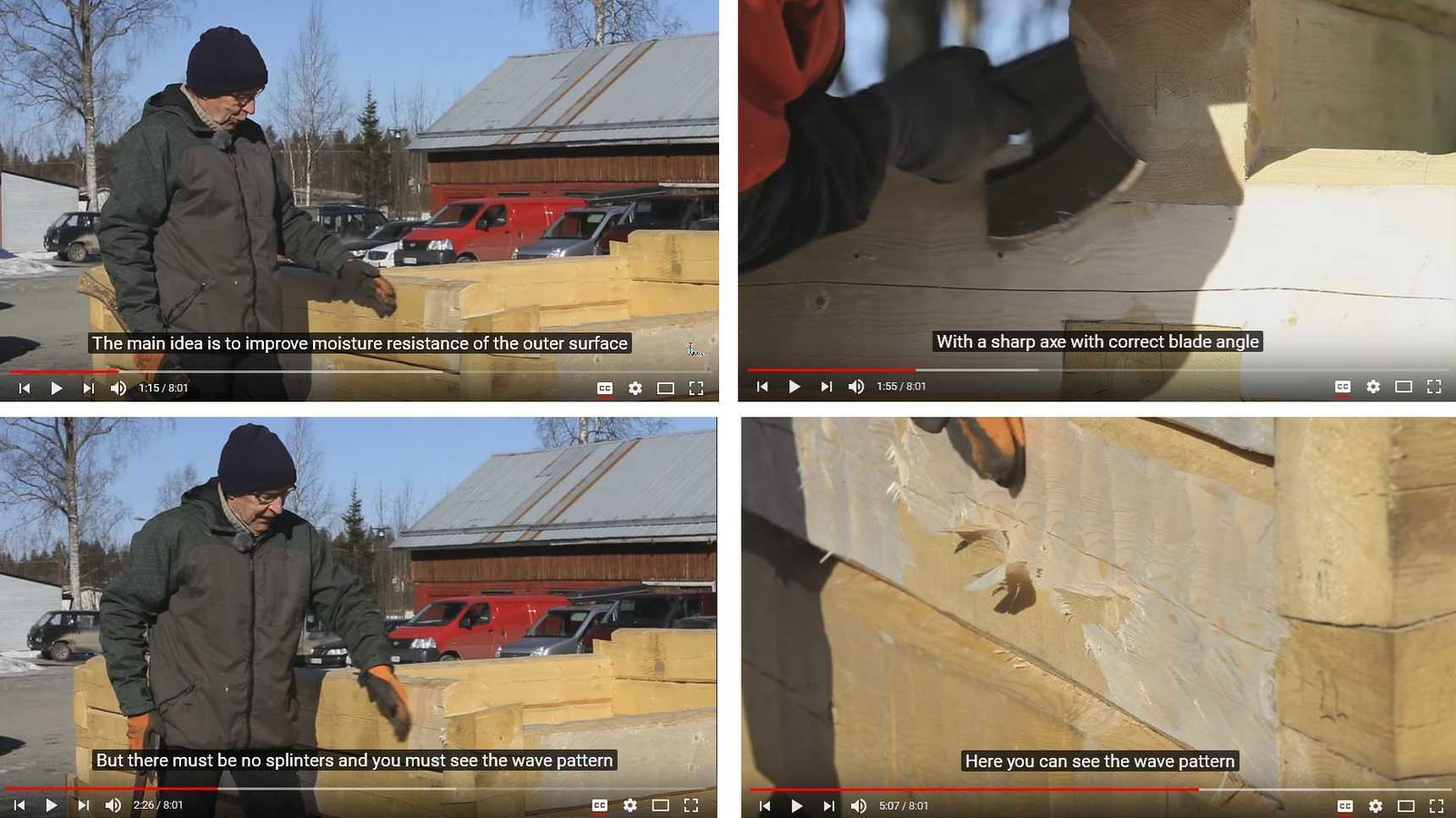Yessir,That Rasputin can surely have been that...
The shingles were made in a Scandinavian manner, of Aspen(believe it or not,incredible longevity in wet/cold climate...),carved All sides out of a thick-ish board,as with the proclivity for their take on Bysantian-like curvatures on roofs et c.,the shingle had to be shaped to that curve.
Here's a decent example:
Such shingles,thicker ones,were called "лемех"(it's a same word as for a plow-share,in case your search gets derailed),were used mostly on the important,ecclesiastical structures,or the palatial homes of the wealthy.In some areas the peasants paid their "taxes" in these,producing them in the tens of thousands needed for each project.
(The peasant houses themselves were roofed differently,with a long,continuous planks or very thin slabs ganged up in a multi-layered sandwich,also of aspen,called ""дранка").







